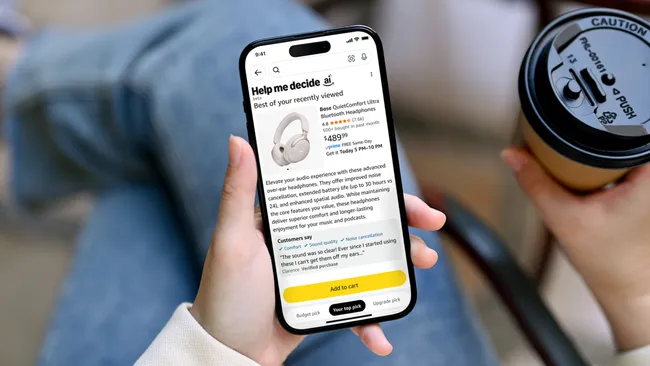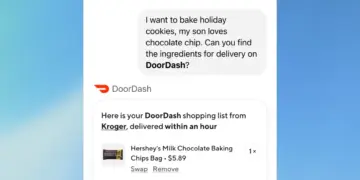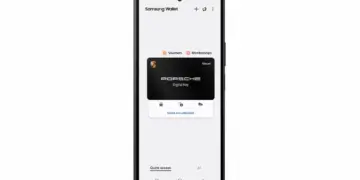
We’ve all been there: staring at two almost identical products on Amazon, paralyzed by choice. Do I go with the slightly cheaper one with fewer reviews, or the slightly more expensive one with a brand name I recognize? The endless scrolling, comparing specs, and reading reviews can turn a simple purchase into a mini existential crisis.
Well, Amazon, ever the innovator in streamlining our spending habits, has reportedly rolled out a new feature designed to cut through that indecision: the “Help Me Decide” button.
Sounds helpful, right? Like a benevolent shopping guru guiding you to the perfect product. But let’s be honest, Amazon’s primary goal isn’t necessarily to make your life easier in the philosophical sense, but to make it faster when it comes to hitting that “Add to Cart” and “Buy Now” button.
What Does “Help Me Decide” Actually Do?
While the exact algorithms and criteria are still being observed, early reports suggest that when you’re looking at a product page and hesitate, or perhaps even have two similar items open in different tabs, the “Help Me Decide” feature can pop up or be activated. It then presents you with a condensed comparison or even outright recommends one of the options, often highlighting key differentiators like price, shipping speed, customer ratings, or specific features.
The promise is to alleviate “analysis paralysis” and help you move forward. And it probably will.
The Cynical Take: A Masterclass in Accelerated Conversion
Here’s why this isn’t just a benign feature, but a shrewd move in Amazon’s continuous quest for optimization:
- Reduces Friction: Every moment of indecision is a potential moment a customer might abandon their cart, or worse, go to a competitor. By “helping” you decide, Amazon removes a significant friction point in the purchasing journey.
- Leverages Data: Amazon knows everything. It knows what you’ve browsed, what you’ve bought, what similar customers have preferred, and what items have the highest conversion rates. The “Help Me Decide” button isn’t making an unbiased decision; it’s making an Amazon-optimized decision. It’s likely pushing you towards the item that is most profitable, most in stock, or most likely to lead to a completed purchase based on its vast data insights.
- Validates Impulse: Often, when we’re stuck between two items, we already have a slight lean towards one. The “Help Me Decide” button can act as external validation for that subconscious preference, giving us the permission we need to click “buy” without the nagging doubt. It doesn’t really “help you decide” as much as it confirms what you were likely going to buy anyway – just faster.
- Short-Circuits Deeper Research: While convenience is king, sometimes taking a moment to genuinely weigh options saves you from buyer’s remorse later. This button encourages quick decisions, potentially bypassing a more thorough personal evaluation.
Is It Really So Bad?
Not necessarily. For many, this will be a genuinely useful tool that saves time and mental energy, especially for lower-stakes purchases. If you’re buying paper towels or a specific type of battery, a quick nudge might be exactly what you need.
However, for more significant investments or items where personal preference is paramount, relying solely on an automated “decider” might lead you astray.
The Bottom Line
Amazon’s “Help Me Decide” button is a fascinating peek into the future of e-commerce, where AI and data work together not just to suggest products, but to actively guide your purchasing journey. It’s a testament to Amazon’s understanding of consumer psychology and their relentless pursuit of a frictionless shopping experience.
So, the next time you see that “Help Me Decide” button, remember: it’s not just helping you. It’s also helping Amazon speed up that inevitable impulse buy. Happy (and fast) shopping!






